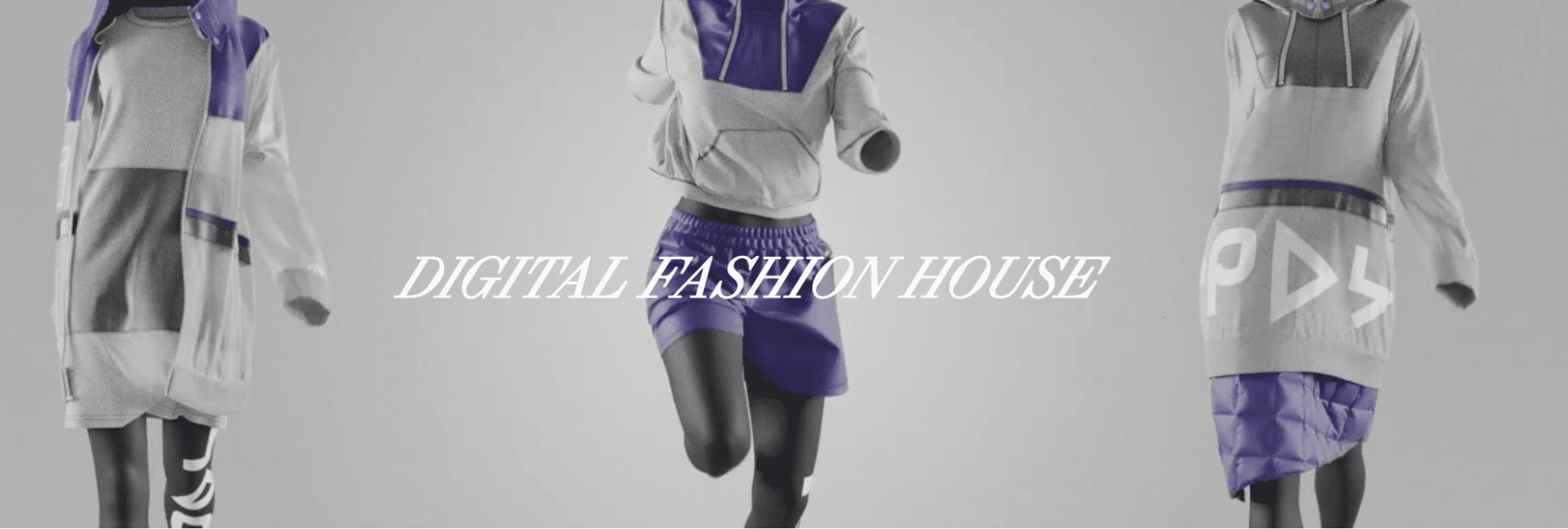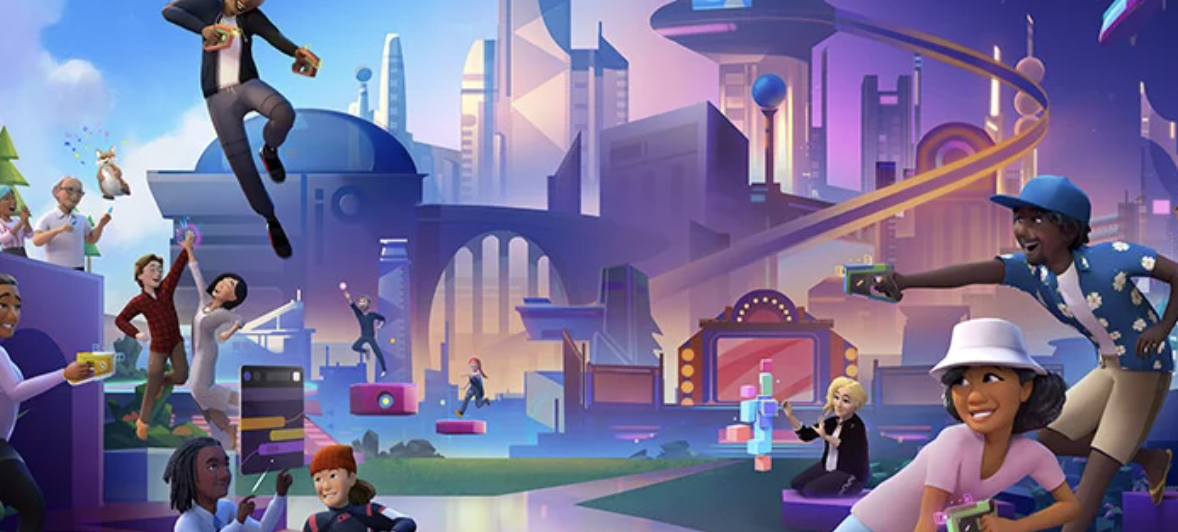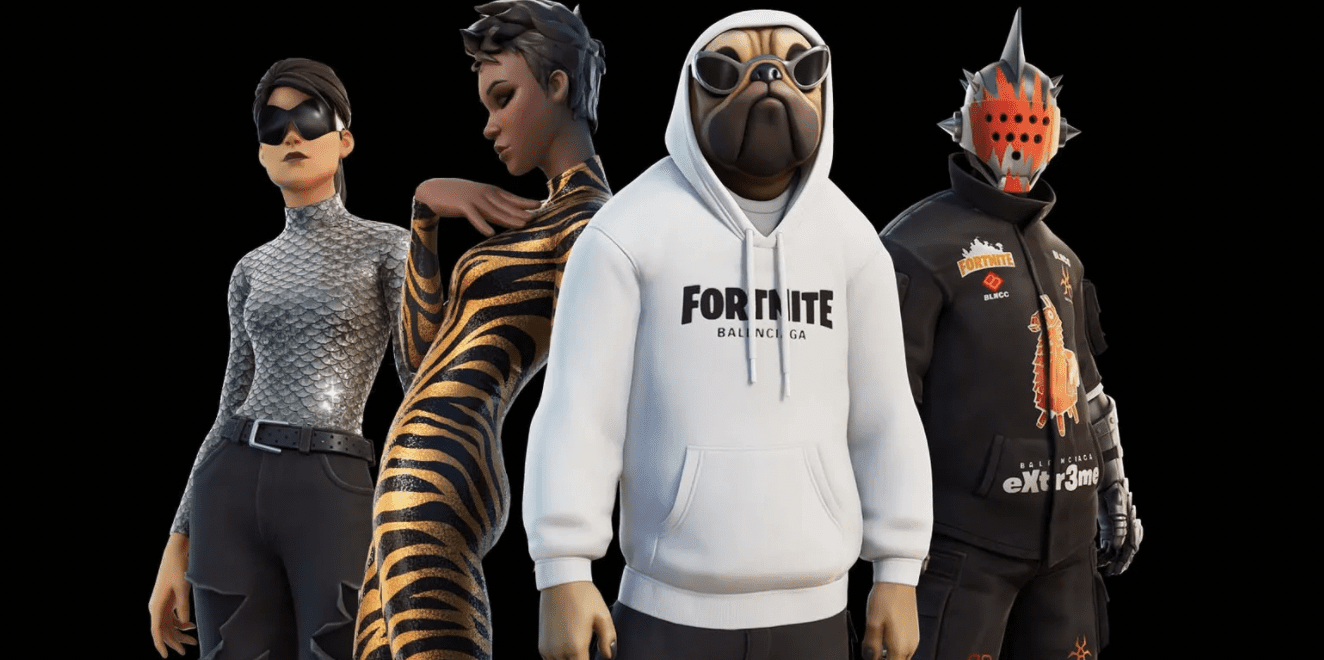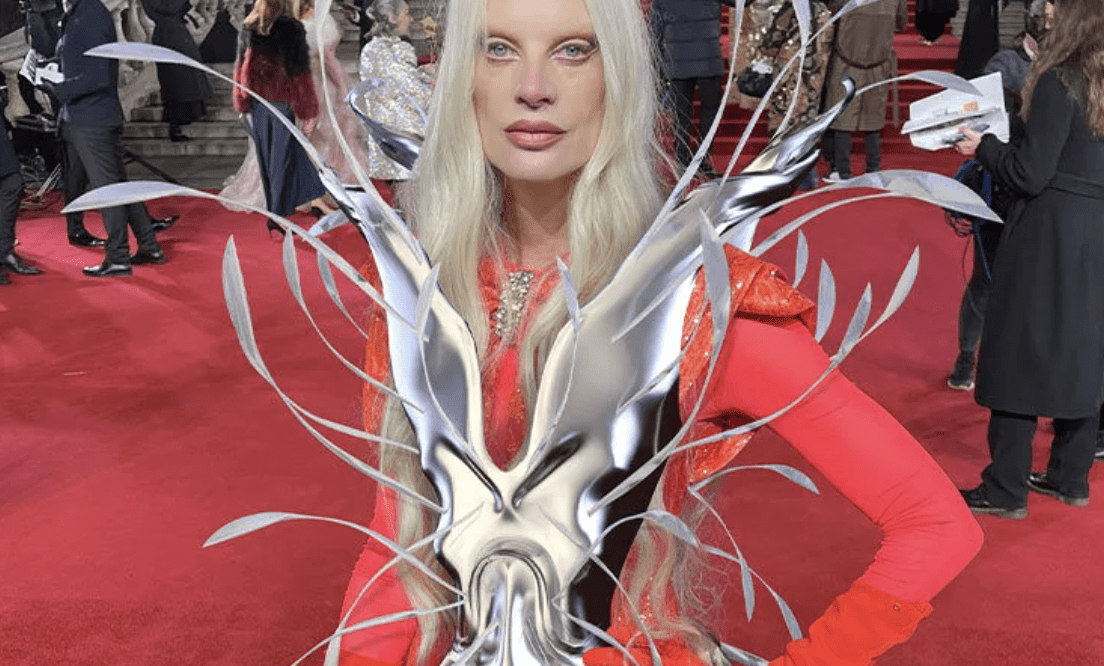What fashion trends in the metaverse can you expect in the near future? We already know fashion brands are investing in the metaverse, hiring for the metaverse, and preparing for the ways virtual worlds will change how we think about fashion.
What are fashion companies doing now that will likely end up shaping the metaverse as we know it?
Digital fashion houses

You’re probably familiar with some of the most well-known fashion houses in the world: Nike, Gucci, Chanel, Dior, and more. With the rise of the metaverse, more fashion houses will decide to create digital clothes rather than make any physical clothes at all.
There are already several established digital fashion houses benefitting from the metaverse. The Fabricant is often referenced as an early digital fashion house, as they were selling virtual clothes as NFTs years before the infamous NFT boom of 2021.
You can expect to see the rise of more fashion houses that focus on virtual clothes rather than physical ones. Other digital fashion houses include Republique, Auroboros, and Tribute.
Social events in the metaverse

Let’s say you wake up and decide to lounge around the house all day. There’s a good chance you won’t care too much about the clothes you’re wearing. If your day involves business meetings, a date, or a visit to an art gallery, you’ll think more about what you’re wearing and why you’re wearing it.
We’re now seeing the rise of social experiences in the metaverse, such as a couple who recently got married in the metaverse. We will likely see more people attending exclusive events and parties in the metaverse, and more people purchasing high-end virtual clothes for these occasions.
Fashion brands can benefit in a big way from the revenue of digital clothes as the metaverse expands. If you’d wear Gucci clothes to an exclusive party in real life, why wouldn’t you do the same in the metaverse?
Gaming partnerships

What’s one of the biggest fashion trends in the metaverse? One thing is for sure: fashion and gaming are becoming more intertwined than ever before. Fashion brands are already collaborating with gaming companies to create skins, avatars, NFTs, and accessories.
The fashion companies can market to younger demographics, and it also helps fashion brands establish themselves in the metaverse. Recent examples of gaming partnerships include Burberry’s Mythical Games partnership, Gucci’s Roblox “Gucci Garden” collaboration, and Balenciaga working with Epic Games to create Fortnite high-fashion skins.
Buying virtual land

One of the reasons NFTs exploded last year was because virtual land was selling more than ever before. What was the biggest virtual land purchase? It might not surprise you: a $2.4 million investment in an estate that will be used to stage fashion shows with clothing brands.
As the metaverse grows, fashion companies will have to think more strategically about the virtual land that they choose to purchase. For example, Decentraland already has its own fashion district. And Gucci recently purchased virtual land in the Sandbox metaverse to create virtual fashion experiences for their customers.
The growth of “phygital fashion”

For fashion to grow in the metaverse, the very definition of fashion must expand. Fashion in the future will not only include physical items, but digital items as well. Fashion brands will find unique and exciting ways to combine both physical and digital clothing.
“Phygital fashion” describes this combination of both physical and digital fashion. Thanks to the pandemic, this shift has already been occurring, with the fashion industry pivoting to virtual events rather than in-person shows attended by creatives, designers, and celebrities.
Phygital fashion has all sorts of applications: digital clothes that can be rendered onto real people, real-world clothing that can also be sold as NFTs, and the ability to buy physical fashion items at virtual stores in the metaverse.
What future fashion trends in the metaverse will we see?
It’s still extremely early to determine what the metaverse will look like and how the fashion industry will react. There are some obvious advantages that fashion brands already seem to understand. For example, metaverse virtual stores can stay open 24/7. There are also more creative possibilities with digital clothes, and fashion brands can create more engaging, reality-bending experiences for their customers.
With the eventual Ethereum upgrade, will more people move to digital clothes or consider them more ethical or sustainable? Will the concept of a lone “genius” fashion designer shift towards a more democratized world, where almost anyone can design virtual clothes? As the metaverse develops, we will see which fashion trends in the metaverse thrive and which trends eventually fade away.
About the Author

Michael Hearne
About Decentral Publishing
Decentral Publishing is dedicated to producing content through our blog, eBooks, and docu-series to help our readers deepen their knowledge of cryptocurrency and related topics. Do you have a fresh perspective or any other topics worth discussing? Keep the conversation going with us online at: Facebook, Twitter, Instagram, and LinkedIn.


